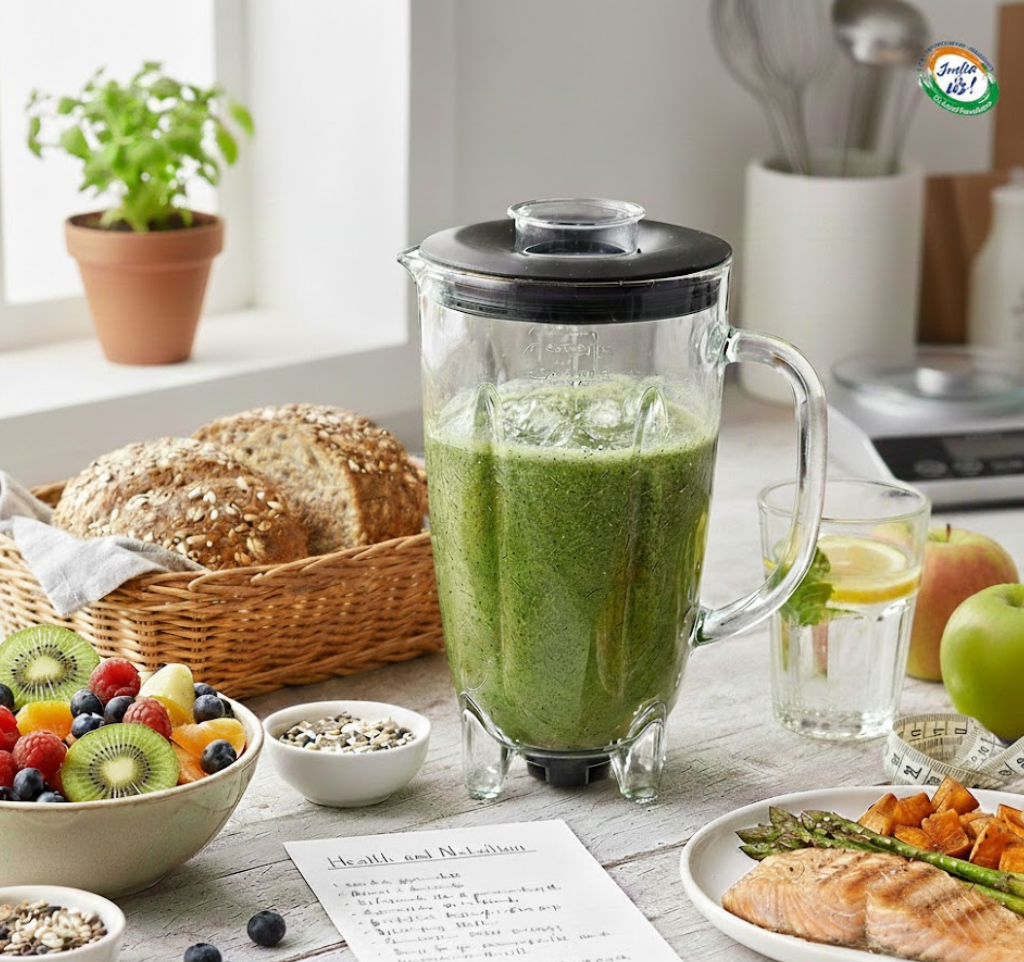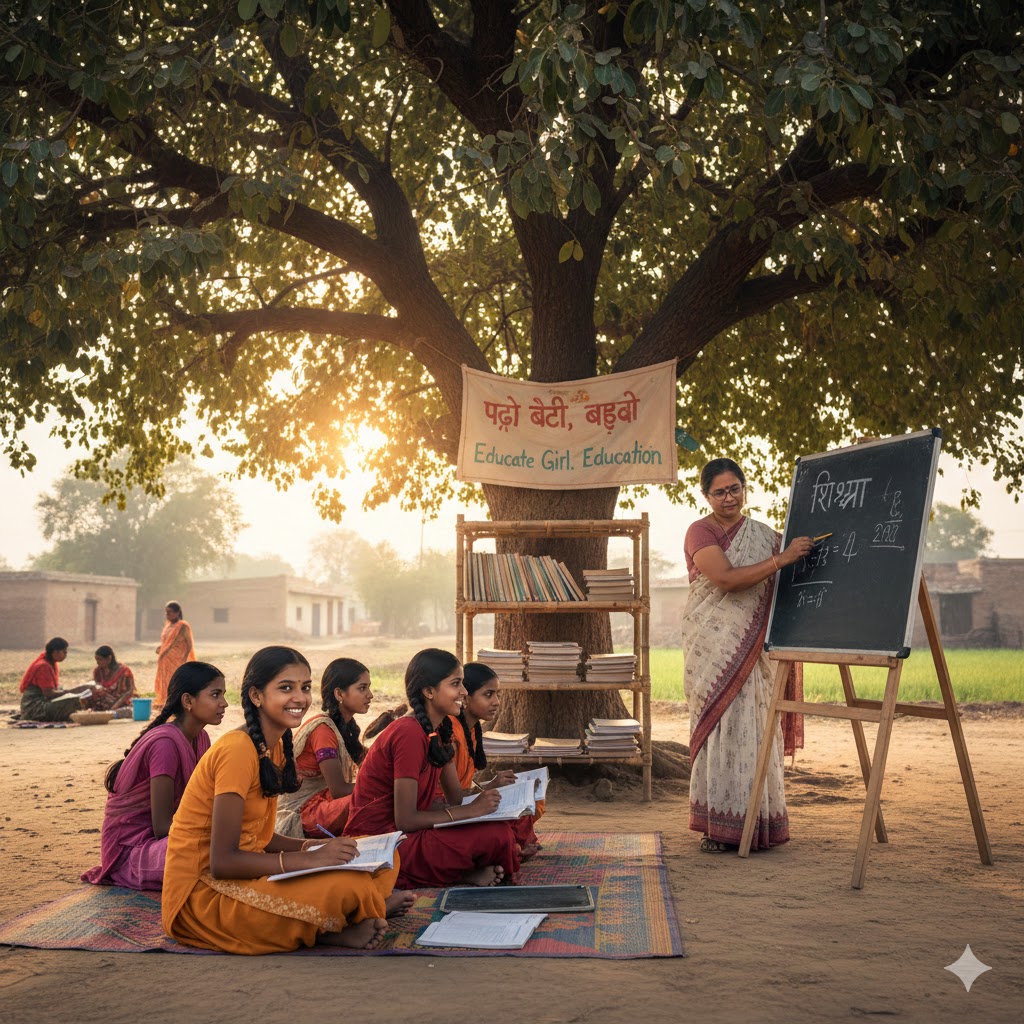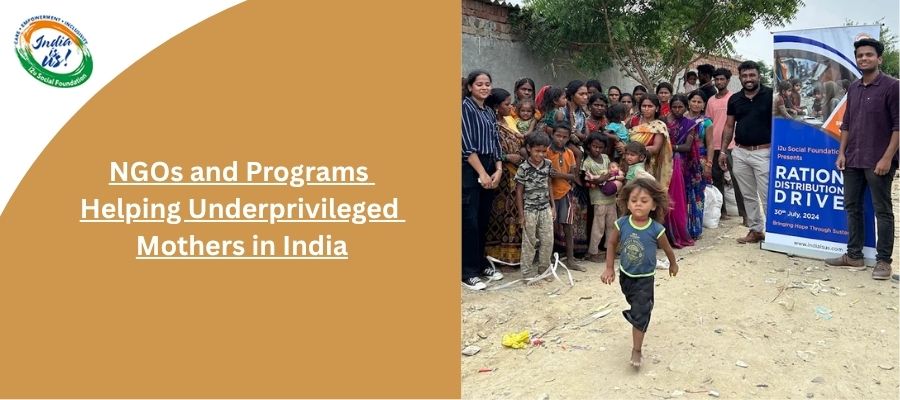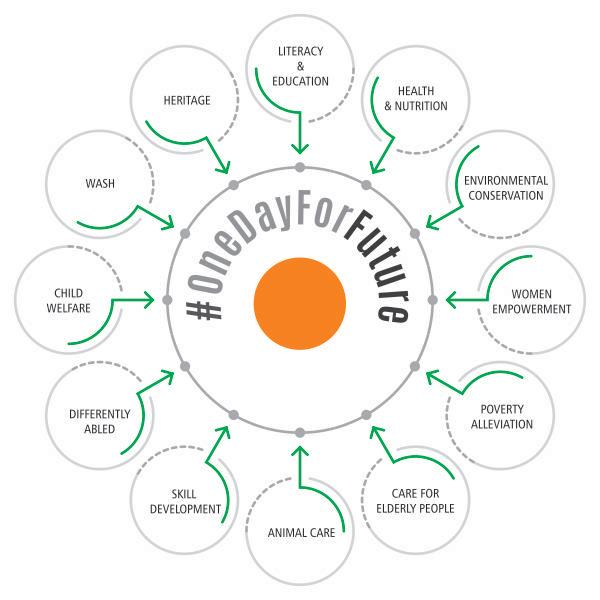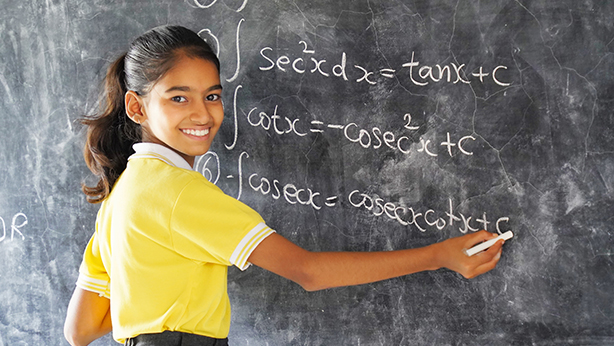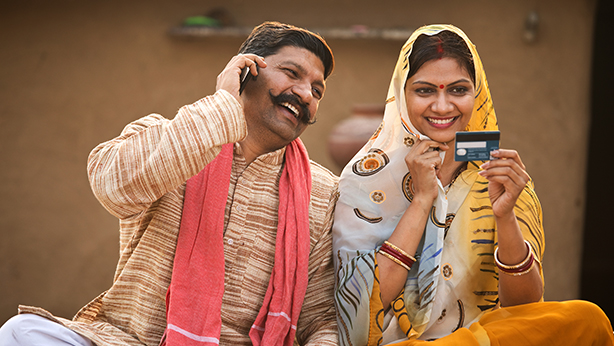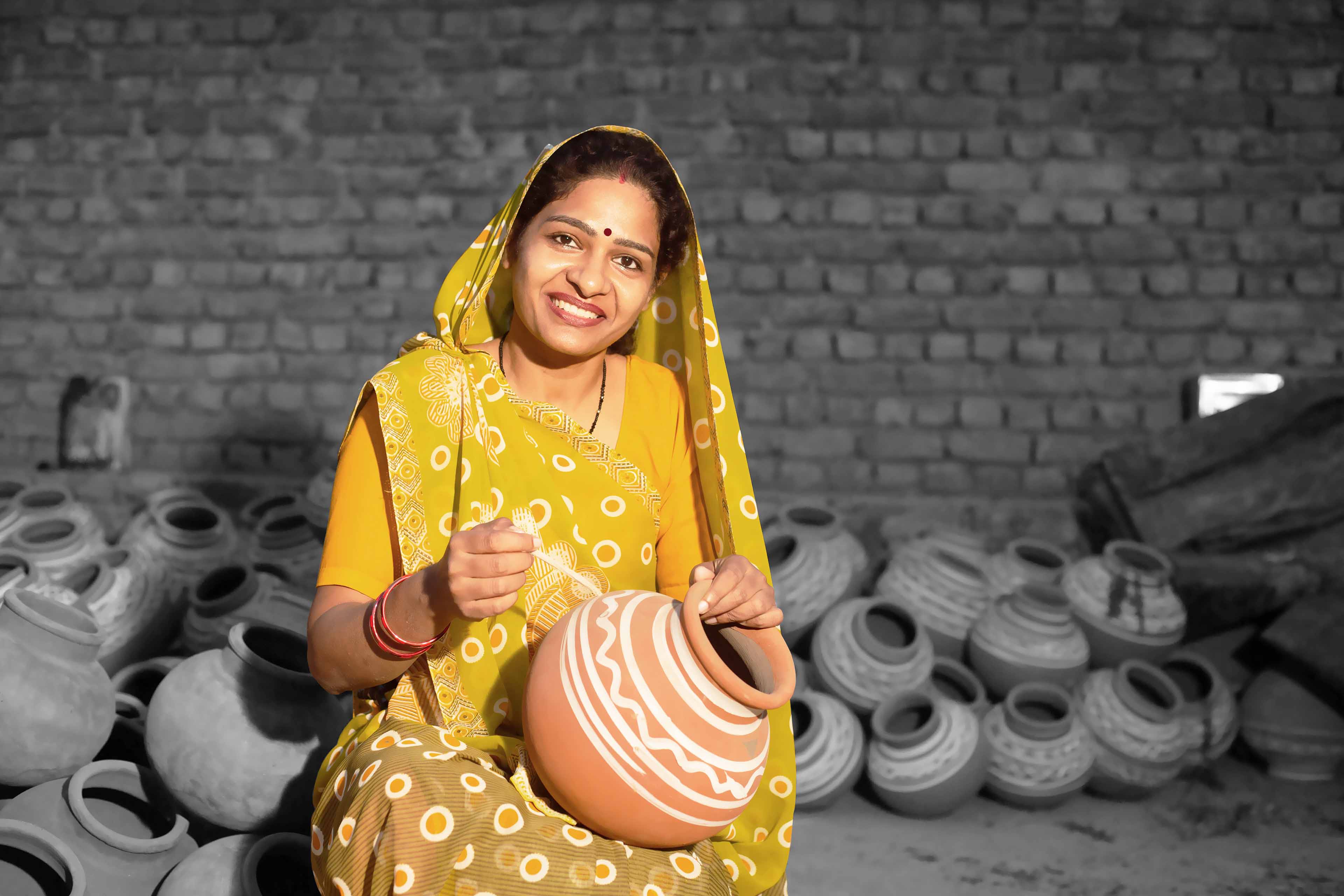Use your power to make a difference by joining our Let's Do Good initiative.
India's Mid-Day Meal Scheme: Nourishing Education and Equality
Friday , 20 June 2025- 5 min. read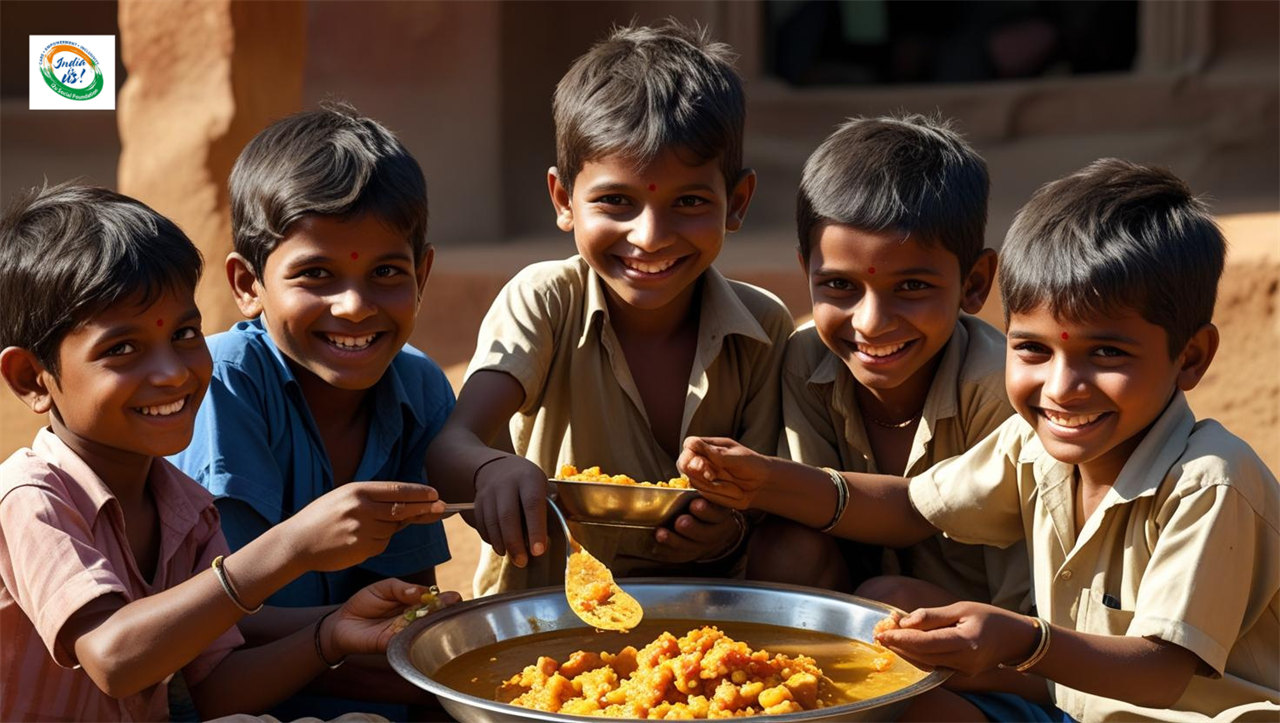
Donate for Mid Day Meal
Overview
India's Mid Day Meal Scheme is one of the largest school-based nutrition programs in the world, and a key component of India's child welfare system. The program not only addresses hunger at school and promotes attendance, but makes it possible for children across the country (and parents/caregivers) to enjoy a meaningful free meal, everyday. The program has developed into an important social program serving millions of children every day. The scheme transcends basic meal provision—it is a tool for providing food and nutritional security, increasing the education of children, and furthering social equality.
History and Development
The idea of providing meals to children attending school has existed since pre-independence times. Many princely states, such as Madras (present Tamil Nadu), provided free school meals as early as 1925. The national initiative did not emerge until many decades later.
Important Events:
- 1995: The Mid Day Meal Scheme was officially introduced as a centrally sponsored scheme on August 15, 1995, for primary school children (Classes I-V) in government, government-aided aided and local body institutions.
- 2002: The Supreme Court mandated cooked meals instead of dry rations.
- 2008-09: Extension of the program to upper primary levels, Classes VI-VIII
- 2012: Renamed as the National Programme of Mid Day Meals in Schools
- 2021: Planned merger with the PM-POSHAN scheme to strengthen food security focus.
Core Objectives
The scheme focuses on several strategic levels:
- Nutritional Goal: To decrease under-nutrition for school-aged children most vulnerable, with a focus on disadvantaged household members.
- Educational Incentives: To give families a reason to send and keep children in school, and most importantly, females.
- Retention Improvement: Ensure school attendance for every child, and for the full term.
- Social Integration: Providing a common eating experience to diminish caste, religion, economic background
- Economic Empowerment: Creating menial jobs for women (particularly women from low-income communities)
- Reach: More than 118 million children across 1.17 million schools (data as of 2020)
- Delivery: The students in classes I to VIII receive one nutritious hot meal per day
- Lower Classes (I-V): 450 calories plus 12 grams of protein
- Upper Classes (VI-VIII): 700 calories plus 20 grams of protein
- Funding: The scheme relies on both the central and state-level shares of the Budgets
- Locally Sourced: Ingredients are locally sourced to help local economies
- Monitoring: Continuous monitoring through mobile technology and independent assessments to assess program performance.
Specification of the Program
Minimum Nutrition Levels:
Meal Types
Meal plans take into account regional eating customs while also ensuring that meal nutrition standards are met. Meals generally include:
- Staple grains (rice and wheat based preparation)
- Protein-based foods (legumes/ lentils)
- Seasonal vegetables
- Protein sources (eggs in certain geographies)
- Nutritionally fortified products (iron-folic acid supplements)
- Special preparations for flavour
Similar to many states, Tamil Nadu and Odisha are trying to encourage traditional grains, fruit and leafy vegetables to increase food diversity.
Observable Benefits
Educational
Research consistently highlights a positive association between the delivery of meals and enrollment and attendance, and this has been particularly beneficial for girls and disadvantaged children.
Health
Students in schools with effective meal programs show improvement in body mass index and anemia rates, and enjoyed improvements in cognitive functioning over time.
Learning
Well-fed students are more engaged, attentive, participative, and learn better than children who are less well fed.
Social Change
The program has symbolic and practical consequences in eroding social hierarchies and fostering inclusion when children from different backgrounds eat together.
Economic
The program has employed some 2.5 million women as kitchen workers and generated important rural household income for women and their families.
Challenges in Implementation
Food Safety
There have been occasions of spoilage and sanitation failures in different states, suggesting that quality control needs to be improved.
Infrastructure
Some schools lack adequate kitchens, clean drinking water, and storage for food.
Mismanagement
There have been occasions of funds being misused and of resources being diverted, which have periodically tarnished the credibility of the program.
Monitoring
Even with tracing being possible by digital tracking, actual, consistent, real time monitoring remains an issue in many instances.
COVID-19
The pandemic meant that many of the meal service programs were suspended, but in many states, alternatives were provided, including dry rations and cash transfers.
Contemporary Innovations
PM-POSHAN Initiative (2021-22)
A strengthened version of the MDMS, with an emphasis on supplementary nutrition, school gardens and the distribution of fortified grains.
Digital Adoption
Apps that track meals based on attendance and validate the location of the school.
Community Involvement
Parent group and School Management Committee membership and engagement in overseeing the program.
Partnerships
Organizations such as Akshaya Patra, Annmirta, and ISKCON Food Relief Foundation provide large-scale, safe food delivery.
Nutrition Education
School vegetable gardens support the production of fresh foods and healthy eating.
What's Next
The Mid Day Meal Scheme is a model for national nutrition programs around the world, and while its success to date is deeply impressive, sustained success will require the following:
- Strengthened accountability mechanisms
- Improvements in infrastructure and sanitation
- Better connections with public health
- Expansion of the scheme to pre-school and secondary schooling
- Community menus with climate-friendly ingredients, and include locally grown grains and pulses.
In Closing
The Mid Day Meal Scheme is much more than a nutrition program - it is a social promise representing an acknowledgment of the most fundamental rights of all children to education, health and dignity. It is evident that India is planning to utilize knowledge as a means to make progress, and therefore, we need to ensure that every child can access education with a full stomach and the greatest chance of being educated.
The Mid Day Meal Scheme has tremendous power to remain the primary engine for social change beyond nutrition, to stimulate aspirations and potentials through sustained policy prioritization, community engagement and imaginative actions.


.jpeg)
